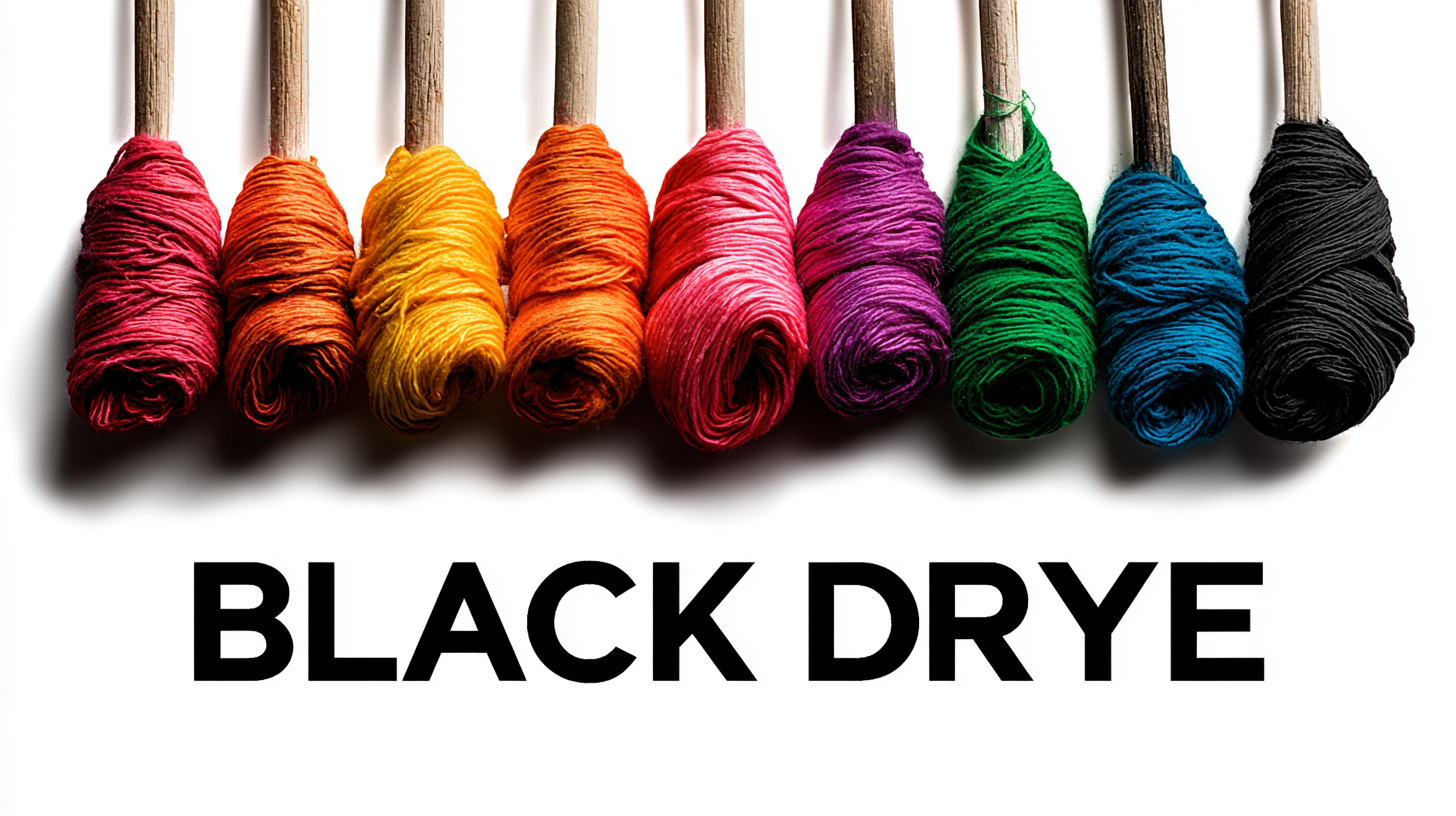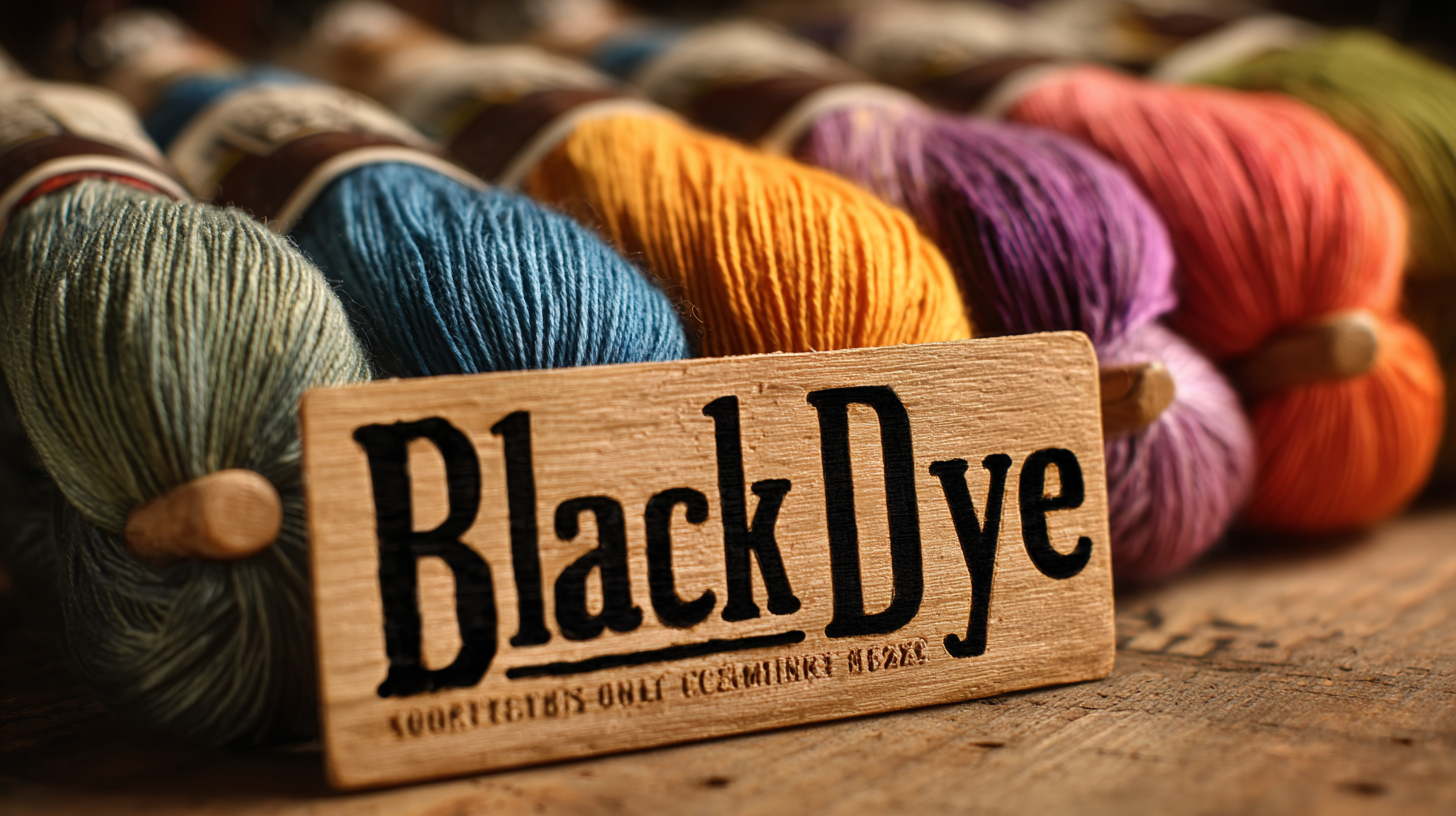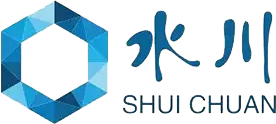In the vibrant world of textile dyeing, the choice of color and method can significantly influence the final product's quality and appeal. Among the myriad of options available, Black Direct Dye has emerged as a popular choice for manufacturers seeking depth and durability in their color application.

This comprehensive guide aims to equip you with invaluable insights and industry statistics that highlight the nuances of selecting the best Black Direct Dye for your specific needs. As we explore the technological advancements and manufacturing prowess behind this dye—proudly produced in China and exported globally—we will also delve into the considerations that can enhance your dyeing processes.
Whether you are a seasoned industry veteran or a newcomer to the textile dyeing landscape, understanding the intricacies of Black Direct Dye is essential for achieving vibrant, long-lasting results in your products.
The importance of black direct dyes in today's market cannot be overstated, as they play a critical role across various industries, including textiles, cosmetics, and food. According to a recent report by Grand View Research, the global dye market is projected to reach $6.7 billion by 2025, with direct dyes accounting for a significant share due to their easy application and vibrant colors. Black direct dyes, in particular, cater to the growing demand for high-quality, reliable colorants that meet consumer expectations for performance and sustainability.
Moreover, with the fashion industry evolving rapidly, the shift towards eco-friendly products has seen black direct dyes emerge as a preferred choice among manufacturers. A survey by the American Association of Textile Chemists and Colorists revealed that over 60% of brands prioritize sustainability in their dyeing processes, and black direct dyes meet these criteria by offering lower toxicity and reduced water usage during application. With sustainability becoming a cornerstone of modern production practices, the role of black direct dyes is increasingly recognized as not only essential for aesthetic appeal but also for aligning with environmental responsibilities.
 When selecting black direct dyes for your products, several key factors should be taken into account to ensure optimal results. First and foremost, the dye's lightfastness and washfastness are critical considerations. According to the Textile Research Journal, dyes with a lightfastness rating of 4 or higher on the 5-point scale are recommended for applications exposed to sunlight. This prevents fading and maintains the vibrancy of the color over time, especially for outdoor textiles or apparel. Washfastness, evaluated using AATCC test methods, is equally important; a rating of 3 or above is generally required for products that will frequently undergo laundering.
When selecting black direct dyes for your products, several key factors should be taken into account to ensure optimal results. First and foremost, the dye's lightfastness and washfastness are critical considerations. According to the Textile Research Journal, dyes with a lightfastness rating of 4 or higher on the 5-point scale are recommended for applications exposed to sunlight. This prevents fading and maintains the vibrancy of the color over time, especially for outdoor textiles or apparel. Washfastness, evaluated using AATCC test methods, is equally important; a rating of 3 or above is generally required for products that will frequently undergo laundering.
Moreover, the environmental impact of the dye should not be overlooked. The Global Organic Textile Standard (GOTS) reports that there is an increasing demand for sustainable dyeing practices, with a 15% rise in consumer preference for environmentally friendly products since 2020. Selecting dyes that meet these sustainability criteria not only aligns with market trends but also enhances brand reputation. Additionally, understanding the compatibility of black direct dyes with the specific fibers and manufacturing processes of your products can improve production efficiency and reduce material waste. By focusing on these key factors, manufacturers can make informed decisions that lead to superior product quality and sustainability.
In the world of fabric dyeing,
black direct dyes have emerged as a
popular choice due to their rich pigmentation and versatility.
Numerous industry case studies showcase successful applications of these dyes across various sectors,
illustrating their impact on product quality and customer satisfaction. For example,
a leading fashion brand recently adopted black direct dyes in their latest collection,
which not only enhanced the color depth of their fabrics but also provided excellent wash durability.
This decision resulted in a noticeable increase in sales, demonstrating how strategic dye choices can influence
consumer preferences.
Another compelling case involves a major upholstery manufacturer that transitioned to black direct dyes for their
line of furniture fabrics. The switch enabled them to achieve a more consistent, deep black tone while minimizing
environmental impact. By choosing a sustainable dyeing process, they not only improved their market competitiveness but
also attracted eco-conscious customers. These examples underline the importance of selecting the right dye for the
intended application, as black direct dyes continue to redefine industry standards with their performance and aesthetic appeal.

The demand for black direct dyes is on the rise, driven by several sectors including textiles, automotive, and construction. With projections indicating that the global textile dyes market could hit USD 17.48 billion by 2032, it's critical to note that consumer preferences for customized apparel are significantly influencing this trend. Additionally, the advancements in waterless dyeing technologies are not only enhancing sustainability but also paving the way for innovative applications in various industries.
In terms of statistics, the pigments and dyes market is expected to reach USD 34.8 billion by 2025, with a compound annual growth rate (CAGR) of 3.0%. This growth reflects a broader shift towards eco-friendly dyeing solutions, where black direct dyes play a crucial role. As fashion trends evolve towards more sustainable options, the interest in high-performing, environmentally safe black dyes will likely escalate.
**Tips:** When selecting the best black direct dye, consider both the application method and the final desired effect to ensure compliance with industry standards. Additionally, always review the latest market trends and statistics to make informed decisions that align with evolving consumer preferences for sustainability and customization.
When selecting the best black direct dye, it's essential to evaluate the strengths of various leading brands in the market. According to a 2023 industry report by Global Industry Analysts, the direct dye market is expected to grow at a CAGR of 5.8%, indicating a rising demand for quality dyes in various sectors, including textile, cosmetics, and hair care. Brands like Manic Panic, Arctic Fox, and Pulp Riot are at the forefront, each offering unique formulations that appeal to different consumer needs.
In our analysis, Manic Panic's "Raven" stands out due to its high pigment concentration and vegan-friendly formula, making it a favorite among environmentally conscious creators. A survey conducted by the Haircolor Association revealed that 48% of users preferred dyes that are ammonia-free, a category where Manic Panic excels. On the other hand, Pulp Riot's "Raven" boasts superior longevity this year, with 77% of salon professionals reporting prolonged color retention in their clients' hair compared to traditional dyes. This illustrates a significant trend where professional quality is increasingly found in direct consumer options, pushing brands to innovate further and cater to the evolving market.
This chart compares various characteristics of black direct dye such as color intensity, wash durability, and ease of application. The data reflects industry statistics without specific brand names.
